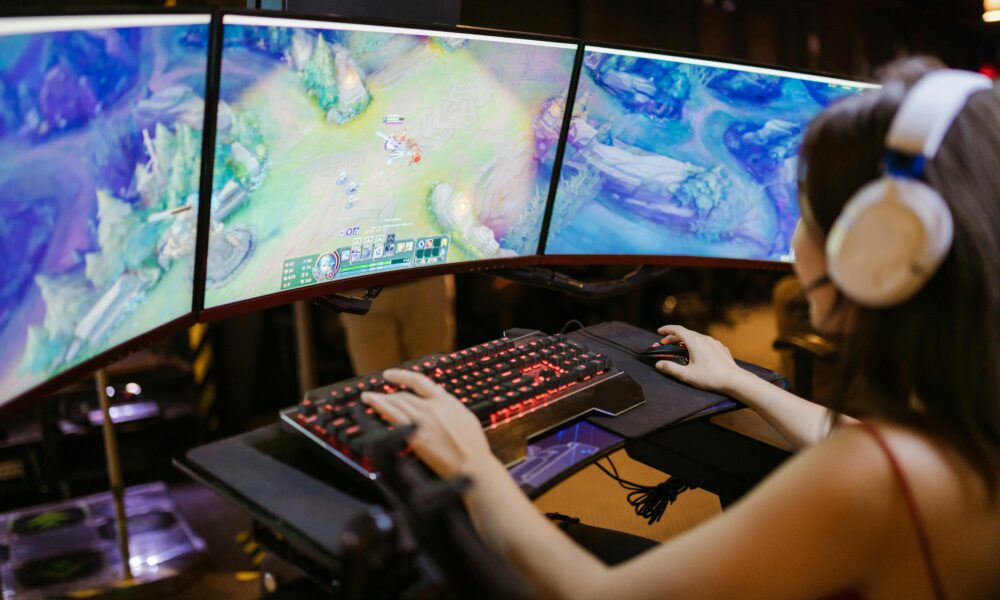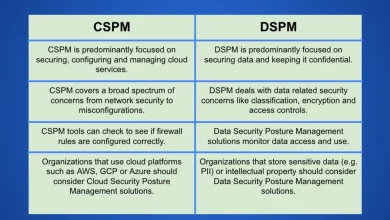How to Implement Multiplayer Features in Unity 3D? A Step-by-Step Guide

Submit on this site https://techbullion.com/
How to Implement Multiplayer Features in Unity 3D? A Step-by-Step Guide
In this evolving world implementing multiplayer in a game has become a necessity for game development companies. Adding multiplayer support can enhance the game and users by providing vulnerable opportunities for players to compete, connect, and interact with each other around the globe. Over time this function has become the talk of the town and many gaming companies implement this feature to enhance the player experience.
Are you are an entrepreneur and want to implement multiplayer in Unity 3D, then you can find this article helpful. In this article you will explore the key steps to integrate multiplayer in UNity 3D, leveraging its tools and services to create immersive gaming experiences. But before that let’s just know what is Unity 3D.
What is Unity 3D?
Unity is a versatile 3D game engine that is used to create engaging 2D and 3D games. It provides essential tools for programming language, designing, and deploying games across multiple platforms. Unity 3D helps developers to create an engaging and interactive gaming experience.
Benefits of Using Unity 3D for Multiplayer Games
There are various benefits of using 3D for multiplayer games, below you can find various benefits.
Scalability: Unity offers different networking tools and services to support games with a large player base, which makes it an ideal choice for a game development company that targets global audiences.
Cross-Platform Availability: With the help of Unity, developers can create a game for multiple platforms like PC, mobile, console, and more.
Community and Resources: Unity’s vast community ensures developers can find solutions to common problems quickly.
Understanding Multiplayer in Unity 3D
Unity 3D supports multiplayer gaming through its powerful networking framework like Unity Netcode for the game objects, Mirror, and third-party solutions such as Photon. These frameworks include crucial features that can handle real-time player interaction, data synchronization, and game logic. In every game multiplayer mode should be implemented effectively as it is responsible for seamless communication between players, synchronization of the game across multiple devices, and scalable backend architecture for handling concurrent users.
Crucial Steps to Integrate Multiplayer in Unity
Integration of multiplayer in Unity can be a daunting task if you don’t follow these steps, below following steps are given:
Choose the Right Networking Framework
Choosing the right networking framework is very essential. Frameworks like Unity net code for game objects are best suited for your projects, and Mirror is a community-driven source solution that simplifies networked game development. Photon is a third-party platform that offers the opportunity for cross-platform support. It has a unique feature of data synchronization.
Unity Project Set-up
This is the second step of integrating multiplayer in Unity. This step is useful for creating a new 3D project or using an existing one. Install the networking tools, and use the unity package manager to install the net code for game objects, or you can also import the required assets for mirror or photon. After installing networking tools prepare the game scenes, and design the menu, lobby, and gameplay scenes. Usually, multiplayer games often require a separate lobby for connecting different players.
Establish Server and Client Role
Usually, multiplayer games rely on the client server for communication between the players, unity 3D supports multiple server setups like a dedicated server, it is a standard server that handles all game logic and is suitable for large-scale multiplayer games. P2P server acts as both a server and a player, which reduces the cost but has a drawback: it increases complexity.
Implementing Player Networking
maintaining a good balance between the player’s movement and actions, which is crucial to multiplayer gaming. You can use the Unity networking tool to assign a unique player ID that provides different IDs to each player to play. Unity also continuously updates player positions with all connected clients by using Unity’s transform syncing or custom scripts. The broadcast actions send real-time messages for actions like shooting, jumping, or interacting with objects.
Adding Matching and Lobby Features
For a successful multiplayer gaming experience, players need to get seamless connectivity. You can implement matchmaking and lobby systems using tools like Unity Lobby and custom matchmaking logic.These tools help players to find and join games, and can also create algorithms to group players based on skill, region, or preferences.
Final Words
Adding a multiplayer feature in UNity 3D can be a fun yet challenging task. By using Unity networking tools, developers can build a creative, engaging, and scalable multiplier game. For an individual or a game development company, mastering these skills opens the door to delivering innovative gaming experiences that captivate players.
If you’re looking for expert Unity 3D game solutions that work with seasoned professionals and ensure your multiplayer game achieves the performance, scalability, and engagement levels necessary for success. Then start building your multiplayer masterpiece today with Unity 3D.
Author Bio:
My name is Manish Sharma. I am a digital marketing expert in BR Softech. I am managing digital content to build a relationship with the readers. Die-hard is passionate about the profession and believe in simple living high thinking.





